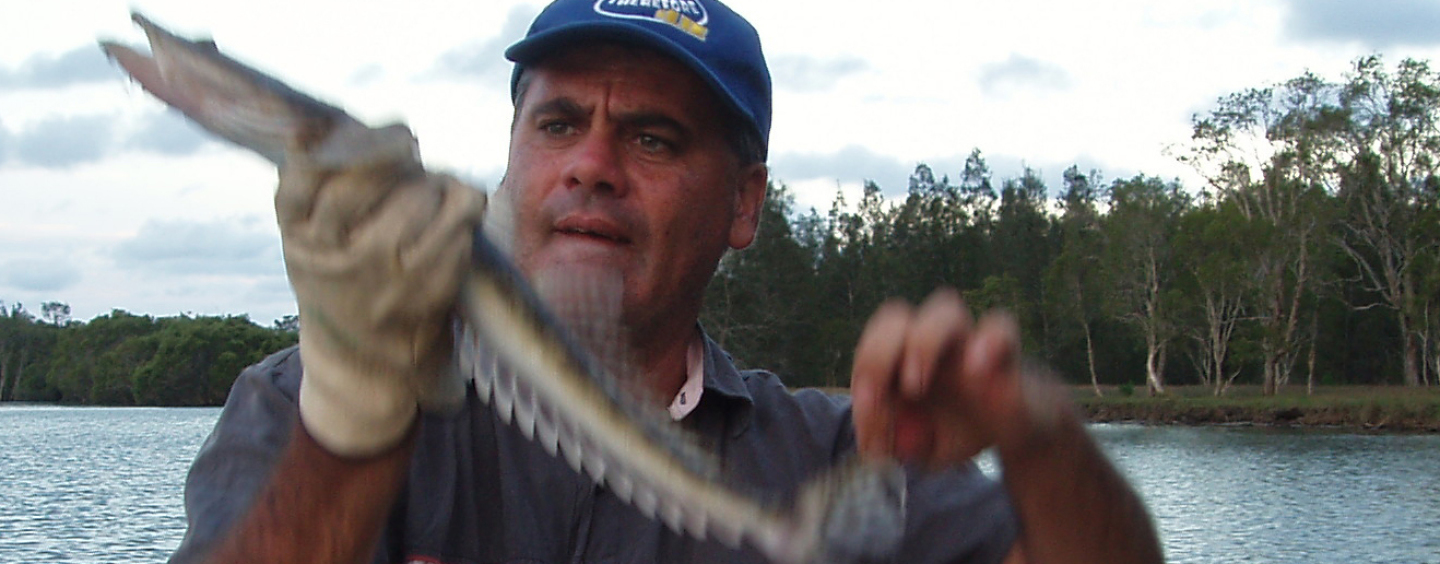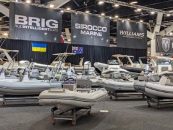When looking at photographs taken over 100 years ago in urbanised areas such as the Gold Coast, the viewer often considers the huge changes to the landscape. But even within highly developed areas, there are still places that have not changed. The waterways and islands of the northern Gold Coast is one such place that has been highly modified in some areas while other places have been left untouched.
ABOUT OUR WATERWAYS
I have looked at the old photo albums of my relatives and I have heard stories of life on the bay islands, such as South Stradbroke, and about life on the banks of the Broadwater and the Nerang River. From these stories I have been fortunate to gain some understanding of what the area was like before developers modified the landscape.
Stories of people earning a living and surviving in places that in the past were not considered prime real estate. It was simply where they lived, and where they earned an income, and where they raised their families.
But to my family it was also more than that. The areas of low-lying islands in southern Moreton Bay is our traditional country—our country that our ancestors have lived in for thousands of years.
When I am out in my boat, or while I am camped on one of the bay islands, I am normally focused on mundane issues, like where I shall get firewood, where I shall place my crab pots, or where I shall drop a line. But I also often reflect upon the connection I have through my ancestors to my country. I think of how comfortable I feel in these places and how much more so my ancestors would have been.
Setting up a tent on a small island not far above the high-tide mark, sitting around a campfire or walking through a mangrove mudflat or a shallow creek at low tide are things I have done many times. But each time I do it, I always think to myself how lucky I am to be in such a place, even though many others see a low-lying mangrove island as an un-inviting environment. After spending time in these places I cannot help but love the type of landscape that many others simply overlook.
ABOUT FISHING
The Gold Coast enables you to spend time in such lovely natural surroundings and still be close to the city. My favourite fishing locations are the Logan and Pimpama Rivers region.
I love saltwater, mangroves and everything about being on the water. I have a few friends I fish with and it is a great way to spend quality time with them.
I love going on overnight fishing trips in the colder months, and at this time of year I am always hoping to catch a good flathead.
If possible, I recommend fishing all through the night, to get the best out of the winter-spring fishing season. I fish with the same few rods I have been using for years—pretty basic equipment. My boat is small and light, so that I can get into shallow water, without fear of getting stuck somewhere.
I always carry good quality wet weather gear, so I can go out and not be fearful of rain. It is great being on the water after rain. Everything is so calm and quite. I am always happy with a few mud crabs and a few different fish—it is good to have a bit of variety.
How not to be disappointed when fishing these waters? Never go out thinking you are going to catch lots of fish!
————-
Michael Aird is an Aboriginal photographer and anthropologist. He is a descendant of Andrew Hamilton Graham and Jenny McGussy, daughter of Sarah Drumley.* He shares his personal and natural connections to the Moreton Bay and Gold Coast waterways and the islands that surround them.
*Andrew Hamilton Graham lived on Stradbroke Island and spent his life on or near the water, as boatman, boatman pilot, water policeman, fisherman and light-keeper. He met Jenny McGussy in 1873, and the building of the Scottish, Irish and Aboriginal family began when they had their first child in 1875. They settled on a small island on the Nerang River known as Gardiner’s Island and later called Graham Island (in the area now known as Brighton Parade, Southport). In 1896, Andrew became the pilot of the Nerang River, and was responsible for seeing that boats were taken up the river safely, and kerosene lights were lit each night to assist boats at night time. The first official reporting of the break of Jumpinpin is credited to Andrew, who was then a government official of Southport in 1898. After his death in 1919, Jenny took over his role as the pilot. It is reported that Andrew had great knowledge of the Moreton Bay from Amity to Southport. The Brisbane and Nerang Rivers, Moreton Bay, and associated waterways played a large part in the life of Andrew and Jenny, and all their descendants. (Source: Remembering Our Ancestors, Keeaira Press)
Editorial by Andy Kancachian



























